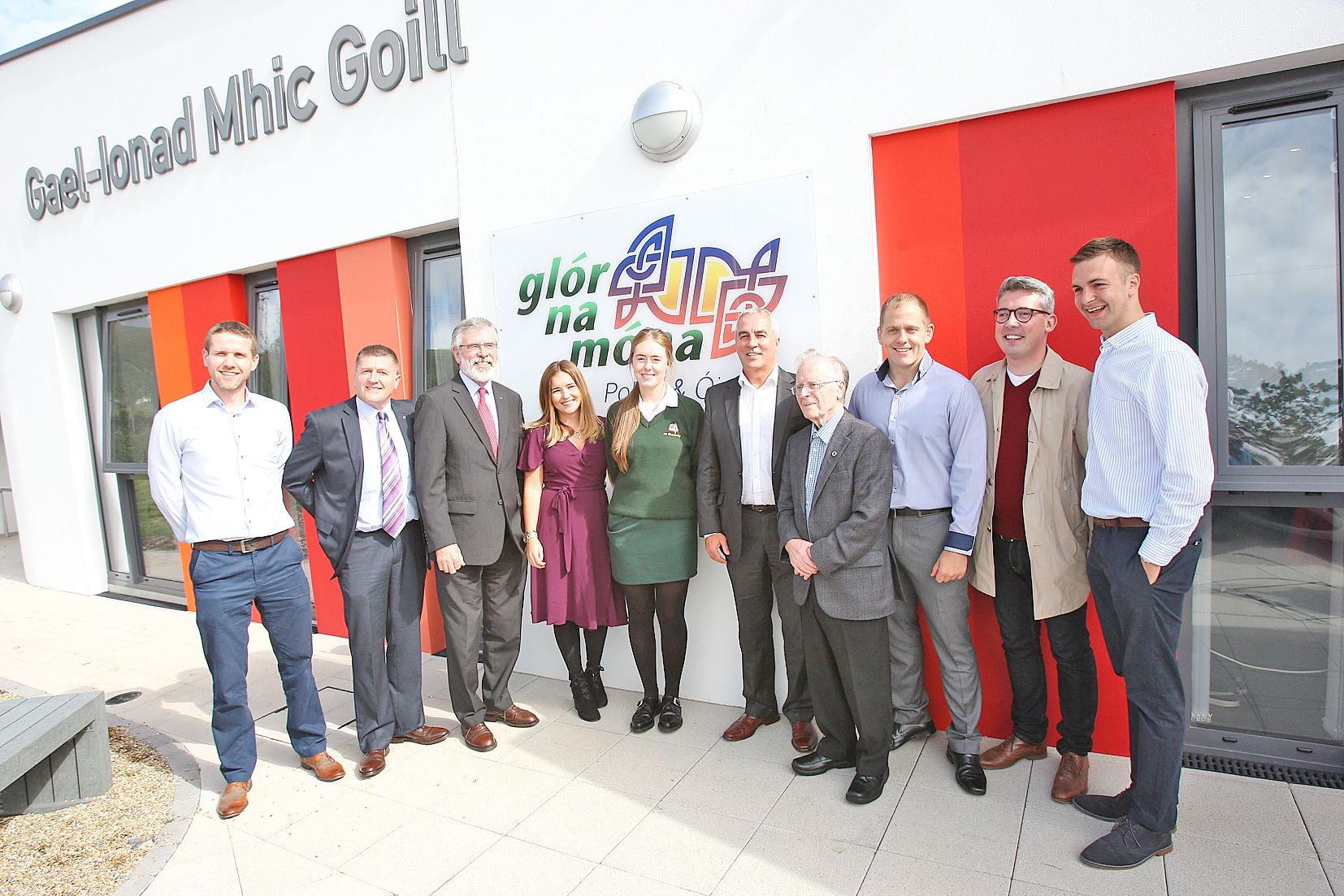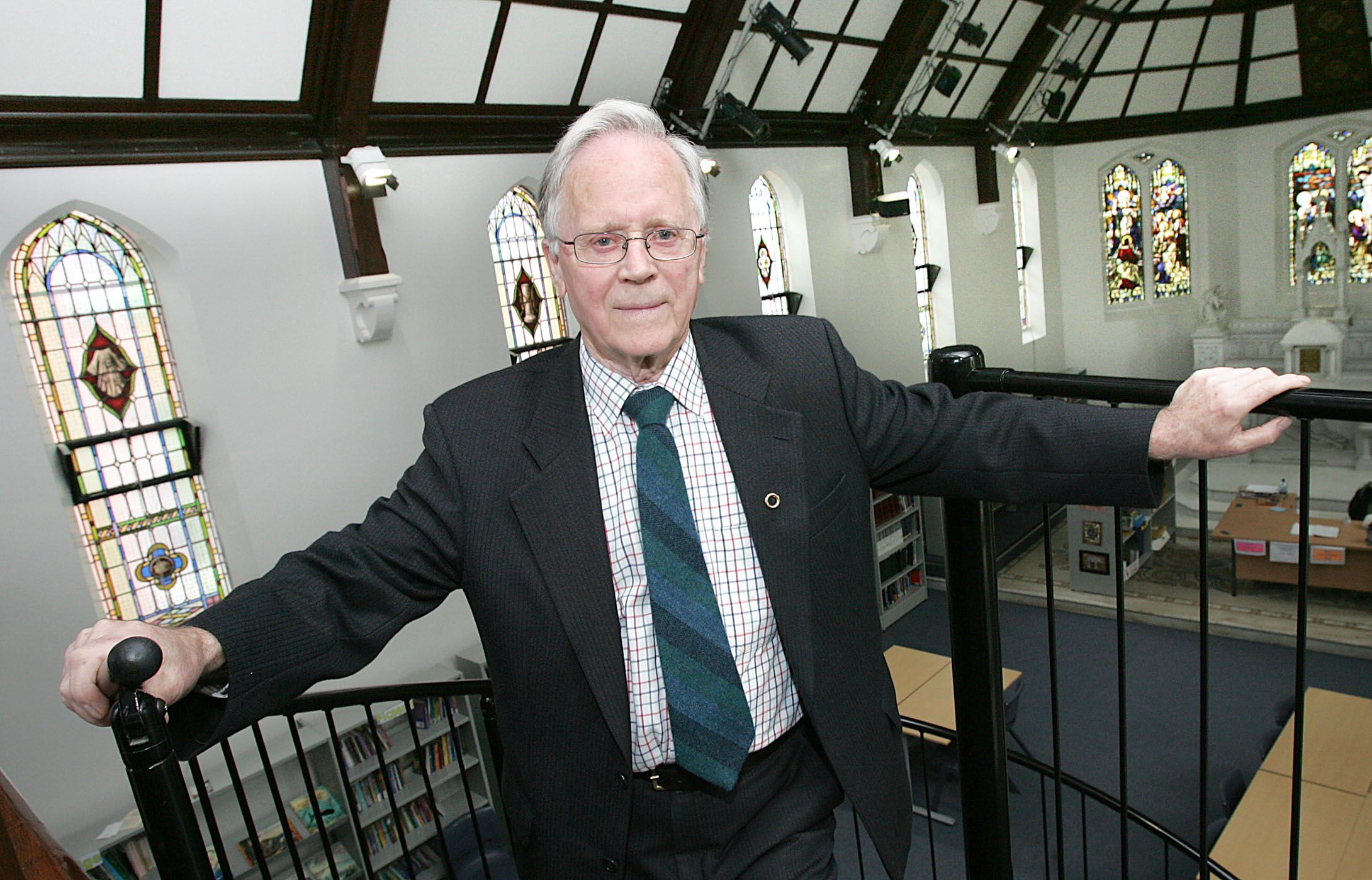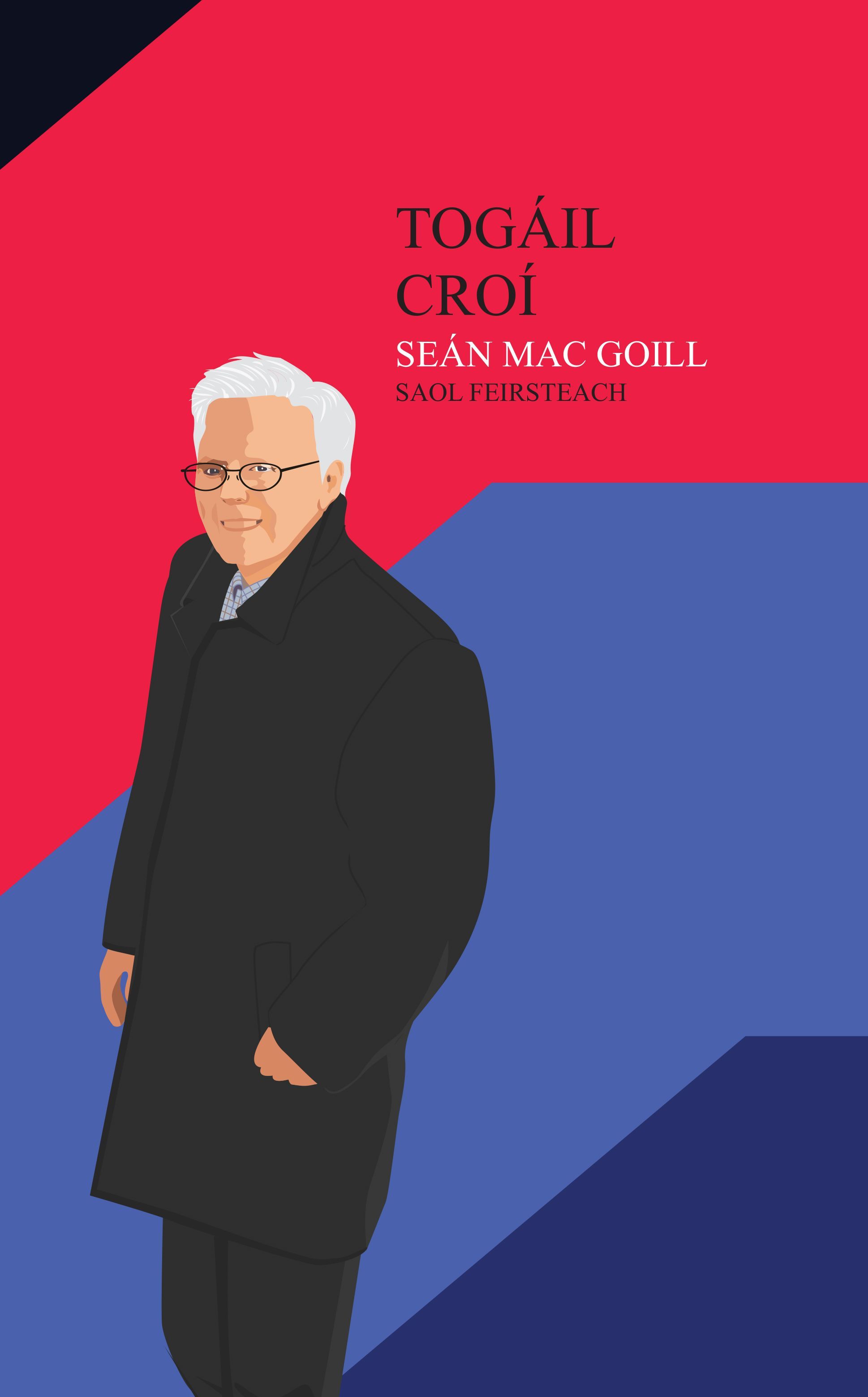This book is the third publication produced from the Spás Dín archive—a ternary comprising of Togáil Croí charting the pathbreaking community activism of Seán Mac Goill, an annotated coffee-table book beautifully illustrating the conceptualisation and construction of Ireland’s first urban Gaeltacht, and a further publication documenting the critical role played by Irish speakers in rebuilding Bombay Street amidst the simmering embers of Belfast’s hot sectarian summer in 1969.
In contrast to the haughty aloofness of the academy and the increasingly sanitised and lifeless narratives of state-sponsored tourist trails, these publications paint history against the grain by animating the force and creativity of individual and collective groups of Irish speakers as they endeavoured to transform themselves and the world around them. These, then, are people’s histories: documenting the dogged struggle of Irish speakers to breathe new life into an ancient language long suffocating under the lingering clouds of past colonial edict and contemporary sectarian statecraft.
TÚS ÚR: Seán Mac Goill at the opening of Gael-Ionad Mhic Ghoill in the Upper Springfield in 2016 which was named in his honour
People’s histories can be hard to come by. Bereft of a stable headquarters or a bureaucracy charged with storing documentation, the record of the oppressed is too often lost to time or concealed from view within the dank corners of a rarely touched family cupboard or the dusty eaves of an unused roof space. The story of Irish speakers in Belfast is no different. Owing to the far-sighted archivism of the pioneering Irish language historian Bríghid Mhic Sheáin, however, a significant bounty of documentation has been painstakingly recovered for posterity. This body of work forms the foundation of An Spás Dín—a veritable treasure trove of historical documentation recording the highs and lows of the contemporary Irish Language revival in Belfast.
Faded sepia tones on abraded reams of paperwork tell a story like no other—how a small band of determined Irish language enthusiasts sparked one of the most remarkable cultural revivals in European history in the face of an actively hostile and obstructionist unionist state. Stand-out materials in the archive include reference to: the building of the Bóthar Seoighe Gaeltacht; the rebuilding of Bombay Street; the story of Ballymurphy Enterprises; the creation of Meánscoil Feirste; the Ó Murchú tapes; the Mac Seáin videos and recordings; an tAifreann Gaeilge; Preas an Phobail, Lá/ Lá Nua.
Commanding breath-taking vistas of the Belfast cityscape, the new centre will provide an attractive, one-of-a kind setting for academic research and a unique visitor attraction for the growing number of people curious about this fabled part of our shared story.
Like the trailblazers whose story it seeks to illuminate, An Spás Dín is committed to an ambitious strategy that will ensure Irish speakers and the wider community reap maximum impact from this project. We want to ensure that our archive is stored and showcased in an appropriate setting that can match the visionary aspirations of the Irish language pioneers. To be perched on the roof top, glass terrace at Coláiste Feirste’s Spórtlann pavilion, An Spás Dín has the potential to become a cultural and linguistic acropolis for the bourgeoning Gaeltacht Quarter in working class West Belfast and a gateway for tens of thousands of people into the history of the Irish language.
TÓGÁLAÍ: Seán Mac Goill pictured in 2006 in the library of Coláiste Feirste which was built within the former chapel at the Beechmount site which once housed an old-people's home
Uniquely, Spás Dín would be co-located with Coláiste Feirste school and the Spórtlann na hÉireann complex: Belfast’s sui generis Irish language-run sports and culture centre. Harnessing this novel intersection of history, sport, and education, and the tremendous footfall that comes with it is at the heart of the Spás Dín project. The co-location of sports, education and history at the neighbourhood level holds an untapped potential. Spórtlann is unique in West Belfast in its proven capacity to consistently attract high levels of city wide and cross community footfall. In addition to its cultural and historic mission, Spás Dín will be used as a viewing gallery for those interested in Gaelic games and soccer—opening the story of the Irish language to a whole new audience in the process.
📖 Seoladh Leabhair 📖
— ForbairtFeirste (@Ffeirste) November 28, 2023
Togáil Croí- Seán Mac Goill Saol Feirsteach
Cur síos pearsanta Sheáin ar an deontas a bhronn Whiterock Industrial Estates ar Naíscoil an tSléibhe Dhuibh
Dé Máirt 5ú Nollaig 10.30r.n @ Spórtlann na hÉireann, Coláiste Feirste. #Gaeilge pic.twitter.com/kotdB8kDMQ
An Spás Dín will be a site like no other, therefore.
Given the scale of achievements for the Irish language in the last few decades, it is tempting to view this progress as an inevitable march of history. This would be a mistake. An Spás Dín chronicles the story of the Irish language warts and all: not only its great leaps but also the dashed hopes and false starts. The history of the Irish language in Belfast unravels not as a continuum of uninterrupted progress, therefore, but as a disruptive constellation starred with independent thinking and daring activism.
We will need this daring and independence of mind in the years ahead. The subject of this work, Seán Mac Goill, wielded it like no other. We hope his story inspires you to do the same.
This is an edited version of the introduction to 'Tógáil Croi - Saol Feirsteach' by Seán Óg Mistéil which will be launched in Spórtlann na hÉireann at Coláiste Feirste at 10:30am on 5 December.





